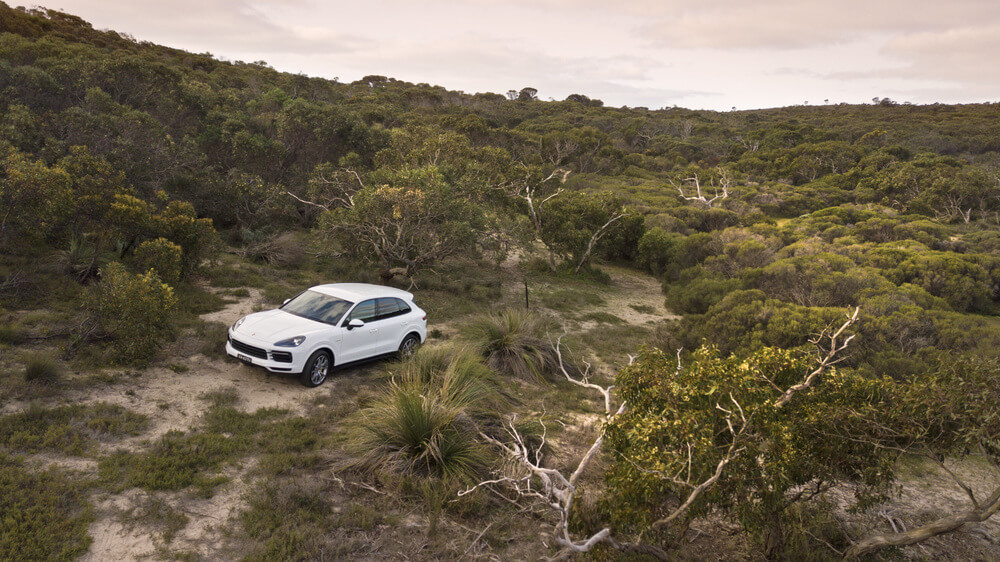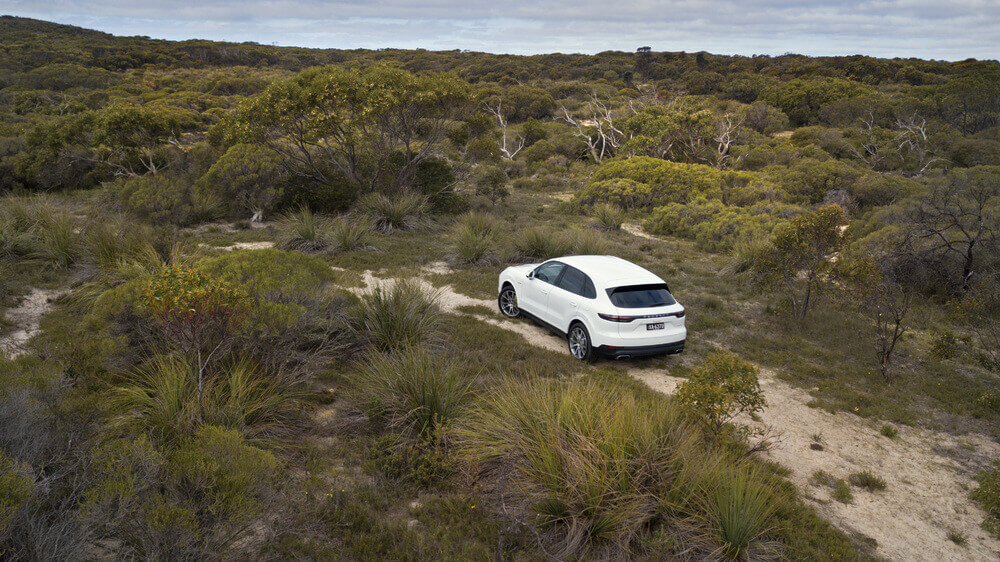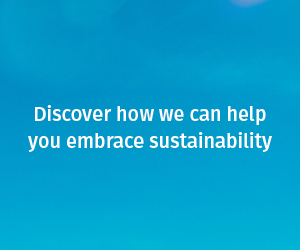Porsche owners turning green with empathy

Just because you drive a Porsche, one of the world’s most renowned high-performance marques, doesn’t mean you are by extension an environmental vandal.
That’s the message from Porsche Australia which has announced a new scheme that allows owners of the famous brand’s sporty vehicles to make individual contributions towards offsetting their CO2 emissions.
The new scheme is dubbed “Porsche Impact” and offers owners an emissions calculator that allows them to determine and offset the carbon footprint of their personal Porsche.
Using an online calculator, owners can estimate the CO2 footprint of their Porsche and financially support environmentally friendly Australian projects.
A statement from Porsche Australia said the contribution was based on a vehicle’s consumption, its annual mileage and the selected support project.
Using the example of a Porsche vehicle that has driven 15,000km with an average fuel consumption of 12.0L/100km, an owner’s financial contribution is about $A117 per year.
That seems fairly modest when you consider the least expensive model in the Porsche range is the $84,300 Macan SUV, while the most expensive model is the 911 Turbo S Cabriolet, which sports a staggering $494,500 price tag.
Contributions by Australian owners go to Australian environmental projects, with owners able to choose between two certified local projects, both part of a portfolio managed by global climate action expert South Pole.
The available initiatives focus on sustaining the biodiversity of local flora and fauna, revegetation and Indigenous land management and are part of South Pole's award-winning EcoAustralia credits scheme, which matches an Australian biodiversity project with an international Gold Standard emissions reduction project, says Porsche.

The first project is Mount Sandy, located between the Coorong National Park and Lake Albert in South Australia.
According to a statement from Porsche, Mount Sandy “is a pocket of intact native vegetation in a region dominated by farmlands”, and promotes land conservation methods “that have been used by the Traditional Owners of the land, the Ngarrindjeri people, for thousands of years”.
The 200ha site ensures permanent protection for all biodiversity, which is a unique mix of coastal shrublands and saline swamplands. The site provides habitat for iconic native wildlife, such as the short-beaked echidna, purple-gaped honeyeater and elegant parrot.
The second local initiative is the Myamyn project at Annya State Forest, in south-western Victoria.
The habitat is home to numerous vulnerable and endangered plant and animal species. The project is working to protect and rehabilitate the site after clearing and the introduction of an invasive eucalyptus species occurred in 1997.
Porsche Cars Australia is also participating in the program, ensuring the estimated 2020 CO2 emissions of the company’s local fleet has been offset.
Globally, the sports car maker says it is committed to reducing CO2 emissions throughout the entire value creation chain: from suppliers, to the product, to after sales and recycling. The company uses 100 per cent green energy for its production and rail logistics in its native Germany.
“Sustainability is an essential pillar of our corporate strategy at Porsche,” CEO & Managing Director, Porsche Cars Australia, Sam Curtis said.
“The global approach to sustainability at Porsche is holistic, working in all fields of action: ecological, economic and social.”
Related topics
Things to note
The information in this article has been prepared for general information purposes only and is not intended as legal advice or specific advice to any particular person. Any advice contained in the document is general advice, not intended as legal advice or professional advice and does not take into account any person’s particular circumstances. Before acting on anything based on this advice you should consider its appropriateness to you, having regard to your objectives and needs.
Insurance Products (excluding Travel Insurance) are issued by RACQ Insurance Limited ABN 50 009 704 152 (RACQI) and arranged by its agent, RACQ Distribution Services Pty Ltd (RDS) ABN 35 116 361 650, AFSL 567130 and RDS' authorised representatives (including RACQ Operations Pty Ltd ABN 80 009 663 414, AR No. 234978 (RACQO). Conditions, limits and exclusions apply. RDS and RACQO are in the RACQ group of companies. One of the companies in the RACQ group of companies has a minority shareholding in RACQI.
RDS and RACQO have not taken your personal objectives, circumstances or needs into account when preparing advice regarding insurance products and you will need to consider whether the advice is appropriate for you. Read the Product Disclosure Statement (PDS) and any applicable Supplementary PDS before making a purchase decision on this product. You can also access our Target Market Determinations on this website. RDS receives a commission from RACQI for the policies it arranges. RACQO receives fees paid for services it provides to RDS. Further details about remuneration are available on request prior to purchasing.
Banking and loan products issued by Members Banking Group Limited ABN 83 087 651 054 AFSL/Australian credit licence 241195 trading as RACQ Bank. Terms, conditions, fees, charges and lending policies apply. This is general advice only and may not be right for you. This information does not take your personal objectives, circumstances or needs into account. Read the disclosure documents for your selected product or service, including the Financial Services Guide and the Terms and Conditions, and consider if appropriate for you before deciding.
Except for RACQ Bank, any RACQ entity referred to on this page is not an authorised deposit-taking institution for the purposes of the Banking Act 1959 (Cth). That entity’s obligations do not represent deposits or other liabilities of RACQ Bank. RACQ Bank does not guarantee or otherwise provide assurance in respect of the obligations of that entity, unless noted otherwise.
RACQ Bank subscribes to the Customer Owned Banking Code of Practice which establishes higher standards than the law requires. The Code reflects modern consumer expectations and developments in approaches to issues such as consumer vulnerability, guarantors, and supporting customers through financial hardship. Please read our Customer Owned Banking Code of Practice page for more information.
RACQ Operations Pty Ltd (ABN 80 009 663 414 AR 000234978) and Members Travel Group Pty Ltd (ABN 45 144 538 803 AR 000432492) are acting as an Authorised Representative of the issuer of the insurance, Tokio Marine & Nichido Fire Insurance Co., Ltd. (ABN 80 000 438 291 AFSL 246 548). Any advice set out above is general in nature only, and does not take into account your objectives, financial situation or needs. Before purchasing any travel products, please consider the RACQ Travel Insurance Product Disclosure Statement (PDS) and the Target Market Determinations (TMDs) that apply to these products. Whilst the PDS outlines the Terms and Conditions of these products, the TMDs outline the intended class of customers that comprise the target market for these travel products. This will allow you to consider which products best suit your objectives, financial situation and needs and consider the products appropriateness to your personal circumstances. TMDs also outline matters involving the distribution and the review of these products. The PDS, Supplementary PDS and TMDs for each travel product can be found here.

